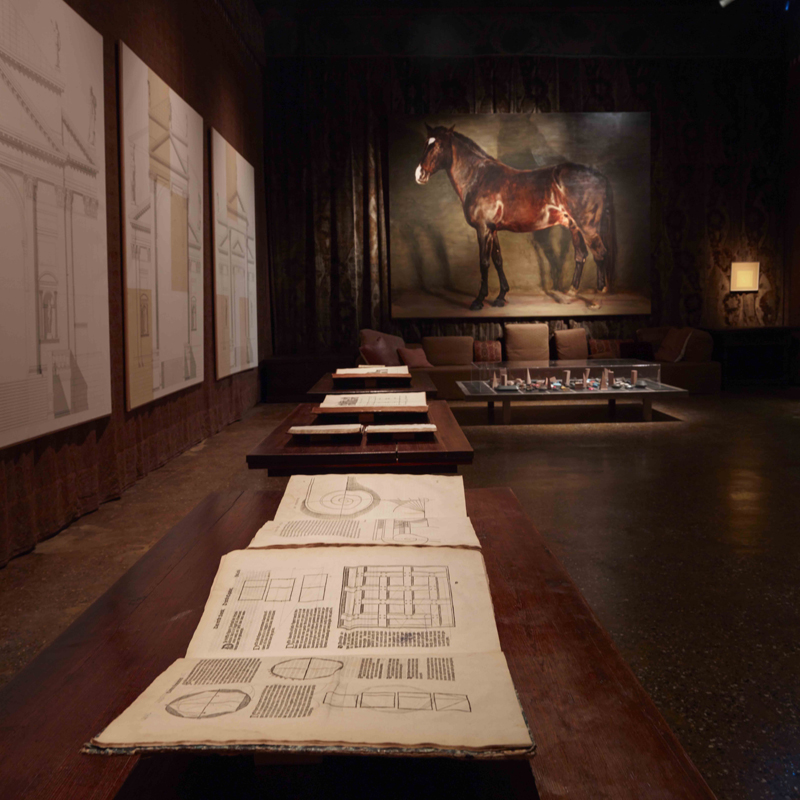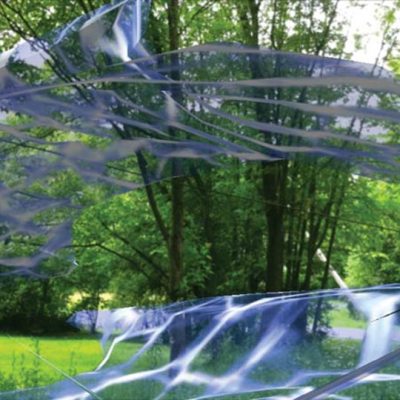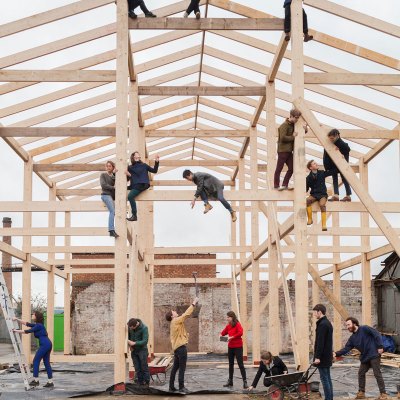Apollo spoke to Boris Vervoordt about the family business
Tell us a bit about the history of your business
The history of our company has always been a path of discovery. My father Axel officially started as an art and antique dealer in the 1960s, but it was the continuation of a passion and interest that he discovered very early in his youth. After discovering and rebuilding the Vlaeykensgang in Antwerp, my parents started participating in art fairs and dealing internationally. In 2011, we opened our gallery in Antwerp near the company’s original home to focus on the works of ZERO and Gutai artists.
What are your specialist fields?
Initially, I started as an expert in 18th-century furniture and silver. Later, my interest in post-war and contemporary art started growing and I wanted to study as much as I could, and I learnt a lot through meeting scholars. We admire the work they do and are committed to helping them and their research by publishing their work. We’re interested in the way artists approach an expression of oneness and ways of looking at the void, and we are continuing this pursuit in our business.
What’s the most exciting work you’re currently offering?
A 1960 work by Gutai artist, Saburo Murakami. He’s an important figure in the history of Gutai and hasn’t yet received the international attention on the level of his peers, such as Kazuo Shiraga. His performance work, Passage (1956), is of great importance. It was made when he flung himself through paper screens, which was like leaping into the void. The painting that we are offering was previously known only from pictures and was considered lost until recently. It was found at the conservator’s workshop in Osaka rolled inside another painting which was on loan from the artist. The original panel had been missed when it was discovered.
His estate and family have done us the honour of asking us to find a museum to acquire the work.
What’s been your greatest triumph as a dealer?
Discovering a great work of art is always a triumph! It’s a constant source of motivation and it offers the greatest pleasure and rewards, because artists help us see the world in new ways. Once you discover it, the opportunity to share it with others is a joy. I’m especially proud that some of the works by artists of the gallery are now in the collections of the great institutions in the world, like Tate Modern and the Guggenheim. That’s extraordinarily validating, but also ensures that the work will be shared.
‘Proportio’ exhibition by Axel Vervoordt: Andrea Palladio, Luciano Fabro, Michael Borremans (Piano Nobile Palazzo Fortuny, Venice) © Jean-Pierre Gabriel

And your greatest professional regret?
My father first learned about Gutai when he traveled to Japan with a friend of ours. At that time, he was still able to meet many artists and members of Gutai. I was not able to make the time to go and I regret that. When I finally had the chance to go to Japan, it was too late to meet some of the artists whose work is a powerful inspiration for me.
How has the market in your field changed since you started dealing?
There is a lot more public awareness in all areas of collecting, so it obliges us to go deeper and invest in research and cultivate knowledge.
Do you collect yourself? And in the same field as you deal?
Yes, I do. I’m interested in all of the fields in which we do business and I also collect contemporary photography. For me, as was the same for my parents, living with the art and objects we love and happen to sell, gives a lot of happiness.
Which work have you been sorriest to part with?
I’ve never been sorry to part with art and objects because I will always continue to feel some kind of ownership of them. They were a part of my life and continue to live inside me. When I think about them or see them in a collector’s home, museum or exhibition, I still feel very close and connected to the work.
If you weren’t an art dealer, what would you be?
I would probably be an architect. We all love building and architecture, and it’s a big part of what I do. Art needs to be in an environment to reach its full expression and the process of creating this space is key to the whole experience.
Axel Vervoordt’s current show, ‘Proportio’, at the Palazzo Fortuny is among our highlights from the 56th Venice Biennale.



